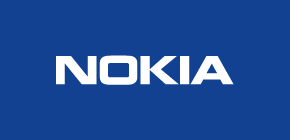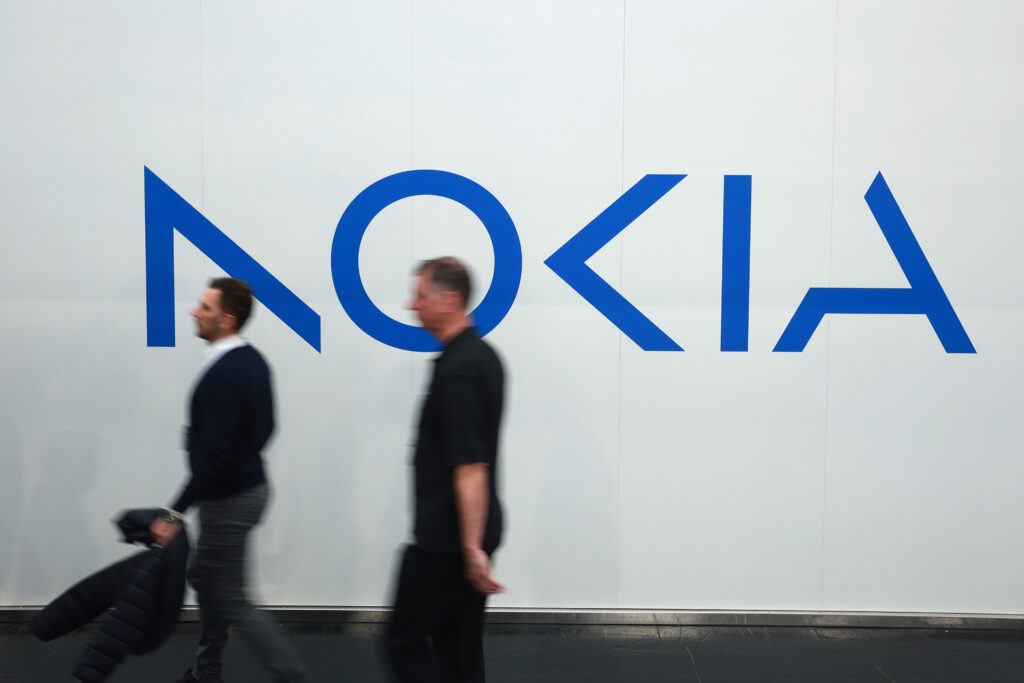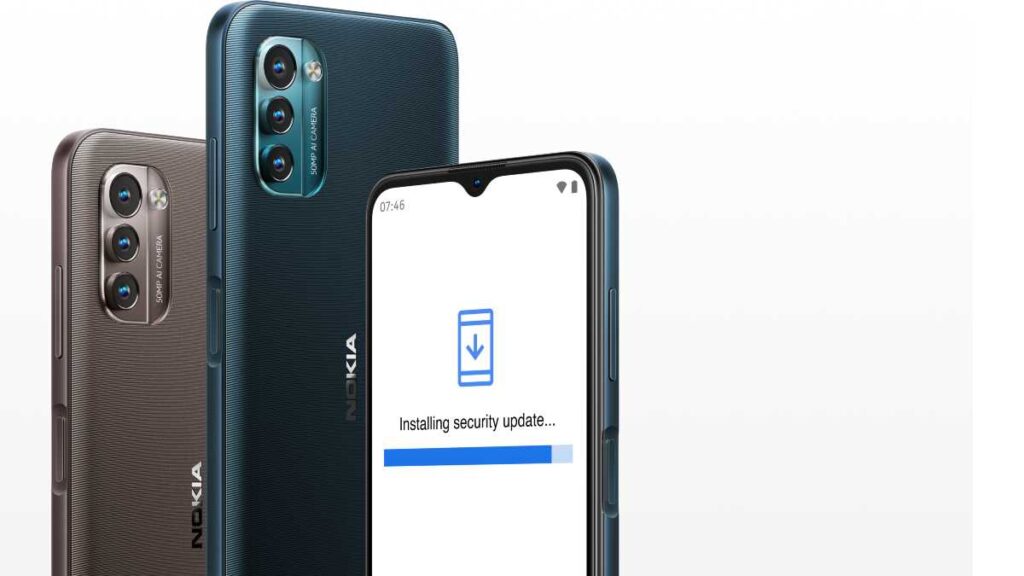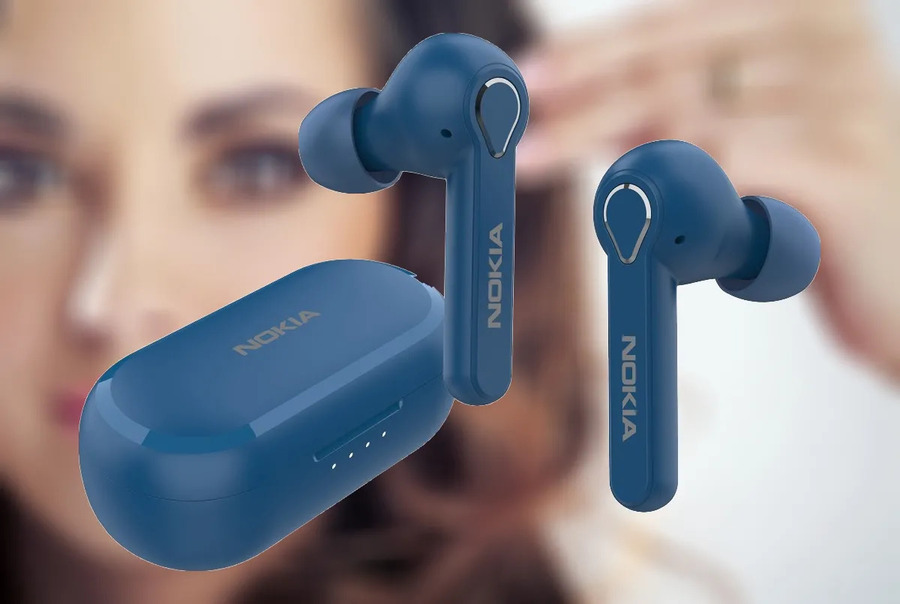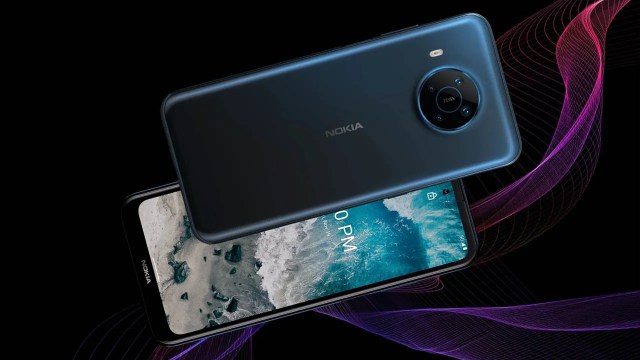From Dominance to Decline: The Nokia Story
Apple’s 2007 launch of the iPhone marked a turning point in the industry. Mobile phones began evolving into smartphones, with devices running advanced applications, connecting to the internet, and providing more sophisticated user experiences. While Nokia had its Symbian OS, it was increasingly seen as outdated compared to Apple’s IOS and Google’s Android, as it was more complex and less user-friendly.
Nokia’s leadership had failed to recognize the significance of the touch screen and the app ecosystem, as Apple and Android continued to gain market share, Nokia instead of adapting doubled down on Symbian, which was increasingly irrelevant in the face of the new operating systems. By 2011, Nokia’s market share in the smartphone market had slipped significantly.
In 2011, Nokia announced that it had partnered with Microsoft to use its Windows Phone operating system in its smartphones, abandoning Symbian. This turned out to be a disastrous move as Windows Phone failed to get traction in the market. By 2012, Nokia’s share of the global smartphone market had plummeted. In September 2013, Microsoft purchased Nokia’s mobile phone business for $7.2 billion, marking the end of Nokia as an independent phone maker. The acquisition was an attempt by Microsoft to bolster its position in the smartphone market and compete with Android and iOS. However, the deal did not result in significant improvements in the market performance of Windows Phone, and by 2014, Microsoft had largely abandoned its Nokia-based mobile division, ending the brand’s presence in smartphones.
Conclusion.
The rise and fall of Nokia is a powerful reminder of how even the most dominant companies can falter when they fail to adapt to technological shifts and changing consumer preferences. Despite its early leadership in mobile phones and innovative products, Nokia’s inability to transition from feature phones to smartphones, and its slow response to the touchscreen revolution, ultimately led to its decline. Strategic missteps, such as the ill-fated partnership with Microsoft and reliance on outdated software, further sealed its fate. However, Nokia’s story is not one of complete failure—it has successfully reinvented itself as a leader in telecommunications infrastructure, focusing on 5G technology and network services. In the end, Nokia’s journey underscores the need for constant innovation, agility, and foresight in an ever-evolving tech landscape.
